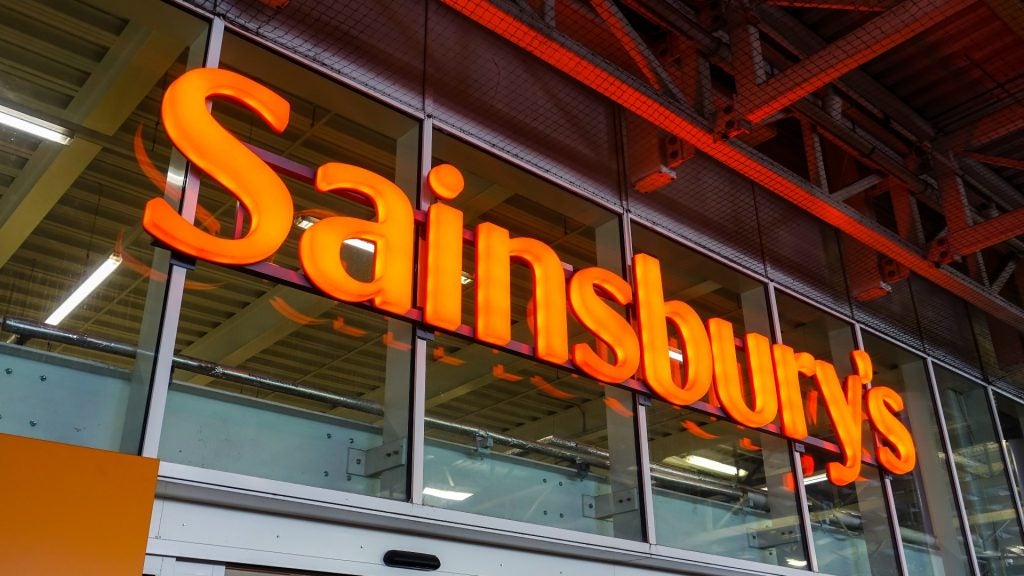Sainsbury’s has celebrated the opening of the Longhill Burn Wind Farm in Scotland, featuring Siemens Gamesa turbines, a leap toward the retailer's net-zero goal by 2035.
The wind farm will be used to power Sainsbury’s stores, offices and depots nationwide across the UK.
It marks the seventh wind farm from which Sainsbury’s now buys 100% of the energy generated, with plans for an eighth site in 2024.
Longhill Burn has been under construction since 2021, when Sainsbury’s signed an agreement to buy 100% of the electricity it generates with renewable energy investment manager Capital Dynamics.
Onshore turbines redefine capacity
Located in West Lothian, the wind farm has eight Siemens Gamesa turbines, the largest in the UK, with a maximum output of 6-6.4MW each. Together, they can produce 50 MW, supplying 33% of Sainsbury’s electricity needs.
Longhill Burn Wind Farm is expected to generate 150,000 MWh annually, equivalent to continuously powering 55,000 UK homes or 300,000 60-watt lightbulbs.
Environmental impact and future plans
The completion of Longhill Burn Wind Farm exemplifies the retailer's dedication to greener solutions.
Sainsbury’s director of property Patrick Dunne procurement and EV ventures, said, “Now it’s completed, Longhill Burn Wind Farm can begin to realise its full potential, helping us take another massive step towards reducing our reliance on carbon.”
The project, developed with Energiekontor AG, which managed the wind farm construction, emphasises a commitment to sustainable technologies.
Capital Dynamics and Energiekontor will oversee the day-to-day operations of Longhill Burn.
Sainsbury’s direct purchase of wind power since 2008 positions it as a leader in sustainable energy practices.
















